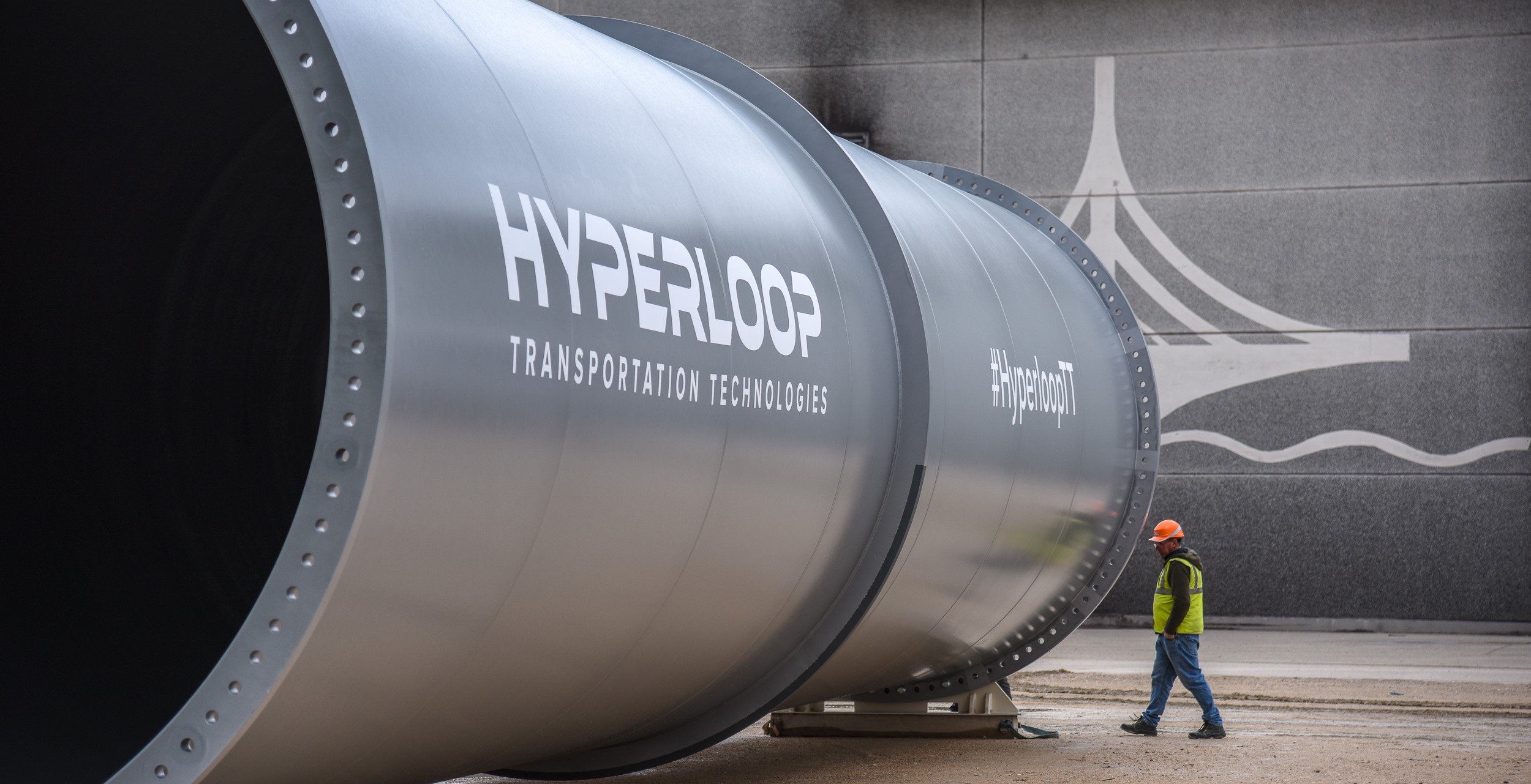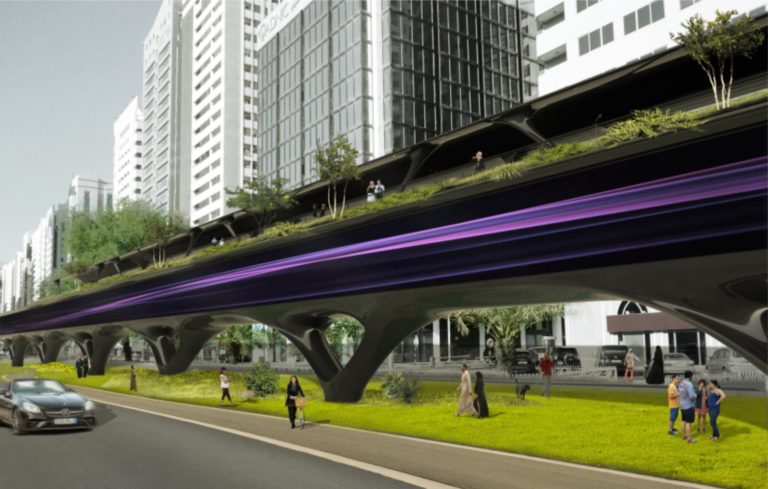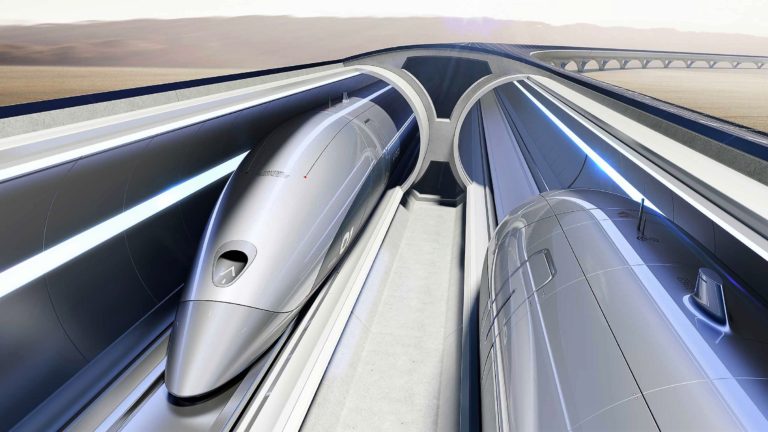10 years after launching the idea, Elon Musk’s Hyperloop is a planetary fiasco that will never see the light of day. Big losers in the case: start-ups and public authorities duped by the communication of the American multi-billionaire without worrying about whether the project was technically feasible. In Toulouse, the Metropolis spent more than 5.5 million euros of public money for nothing.
End clap for the Hyperloop project in Toulouse, where the logo was covered in white and the American start-up Hyperloop TT ordered to leave the Francazal site, a former military base, before September 2023. The council of the Toulouse Metropolis had already voted to terminate the lease on December 16, 2021.
For elected officials, the fiasco is hard. While the company had to bear the costs of cleaning up the site and renovating the buildings, it was ultimately the city that took charge of it at a cost of 5.5 million euros. In addition, the start-up benefited from a moderate rent (for a military base of such magnitude) of 70,000 euros per year.
Alas, the company’s innovation and testing center, installed there since 2017 and trying to develop the technology inspired by the Elon Musk controversy, was an empty shell. The promise: to build the Hyperloop, a “train of the future” moving up to 1200 km/h thanks to capsules or pods carrying around thirty people and guided by magnetic levitation in low-pressure tubes perched on pylons.
Only, this transport worthy of a science fiction story was quite illusory. First for cost issues, exorbitant compared to a conventional TGV line. In Canada, a Hyperloop link between Calgary and Edmonton has been valued at 18 billion dollars for 300km.
On average, the cost of building the Hyperloop was estimated at 20 million euros per kilometer, “or 60 to 100% of the cost of a high-speed line” according to a note published in 2018 by the Parliamentary Office for the Evaluation of Scientific and Technological Choices (OPESCT).
All this to transport only 4,800 passengers per hour, compared to 12,000 passengers per hour for the TGV. The passengers would probably not have physically endured the high-speed journey in the dark at low pressure, without forgetting the questions of safety, regulation, the environment, etc.
Another company attracted by the project, Virgin Hyperloop, understood it well and decided last year to abandon the idea of transporting passengers to focus on freight. She laid off half of her workforce.
Finally, the study “Assessing Hyperloop Transport Optimizing Cost with Different Designs of Capsule” , published in 2023, details that one kilometer of Hyperloop has an extraordinary electricity consumption: up to 1,900 MWh per day of electrical energy for heavy freight at 900 km/h, and between 500 and 600 MWh per day to transport passengers at 600 km/h. In comparison, a TGV traveling at 300 km/h consumes 20 kWh/km on average. On a Paris-Marseille journey (800 km), this represents 16 MWh.
Faced with its technological, energy, environmental and security pitfalls, most Hyperloop projects are at a standstill in the world, or even completely abandoned as in Toulouse. If the lease was terminated in 2021, the company left behind its gigantic tubes in which the capsules were supposed to travel. The Métropole asked him to empty the site before September.
This fiasco is all the more regrettable since a Time investigation revealed that Elon Musk never really intended to build the Hyperloop. The real goal of the leader of Tesla would have been to cancel a TGV project in California, where many residents have bought one of his famous electric cars.
Hyperloop TT is not the only company to have received public subsidies for a chimerical project. The Nouvelle-Aquitaine region has paid aid of 2 million euros to the Canadian Transpod for a Hyperloop test center near Limoges where nothing has yet been built, more than 4 years after the launch of the project. However, 10 people have been hired to work on the design of the Droux center.
This failure recalls that of the submarine built by OceanGate to take wealthy tourists to see the wreck of the Titanic at 3821 meters deep, a depth where the pressure exerted by the ocean is around 380 bars. While as early as 2018, alerts had been issued on the lack of safety of the device, the submersible imploded underwater on June 18, 2023, killing the 5 occupants at once.
Let’s hope that in the future the public authorities will stop financing projects carried out by wealthy megalomaniacs, who confuse the fantasy of innovation with an achievable project.



